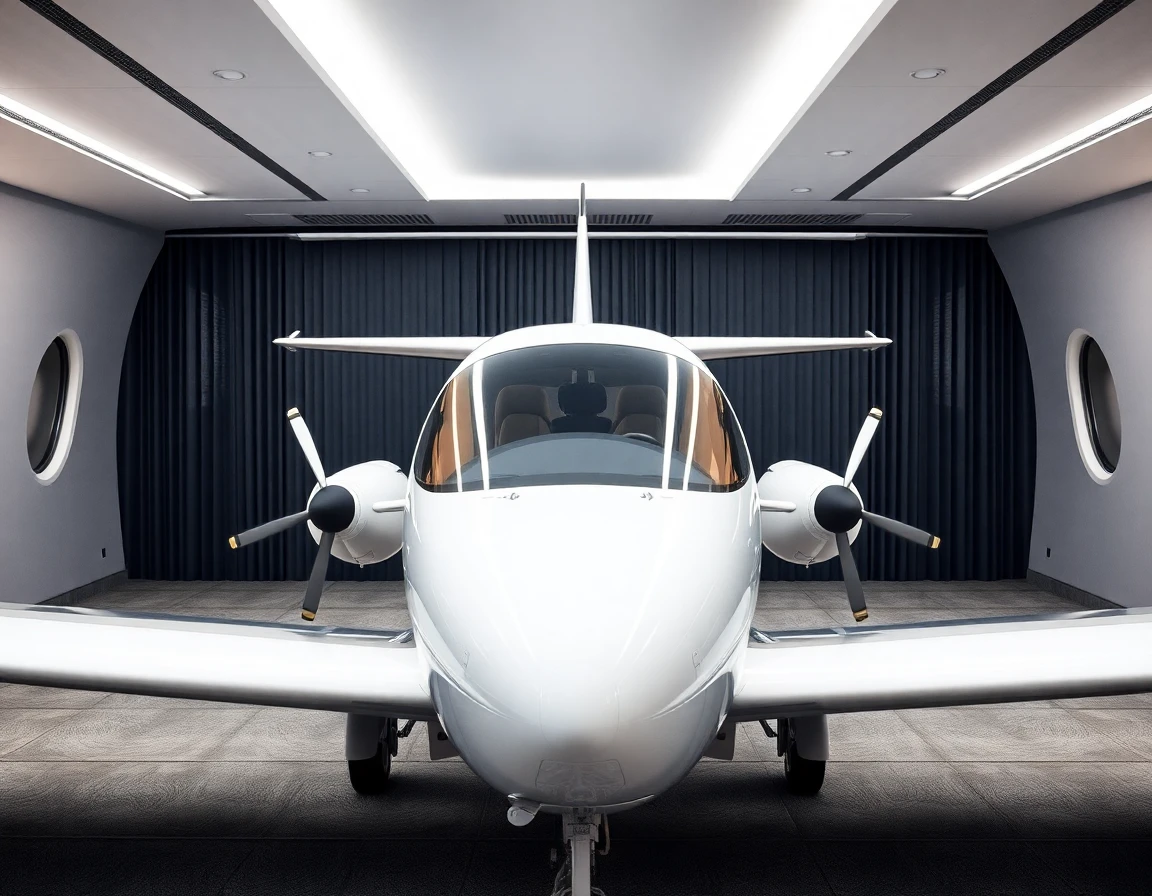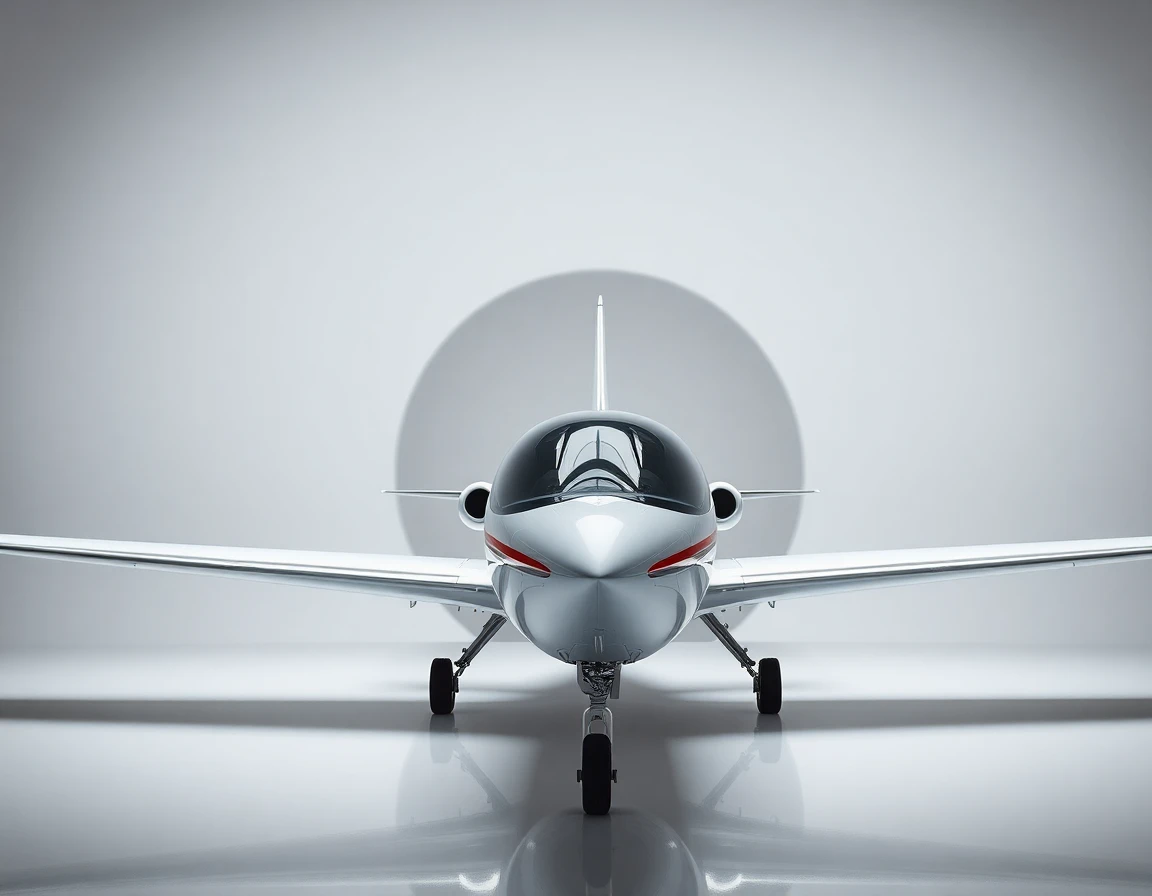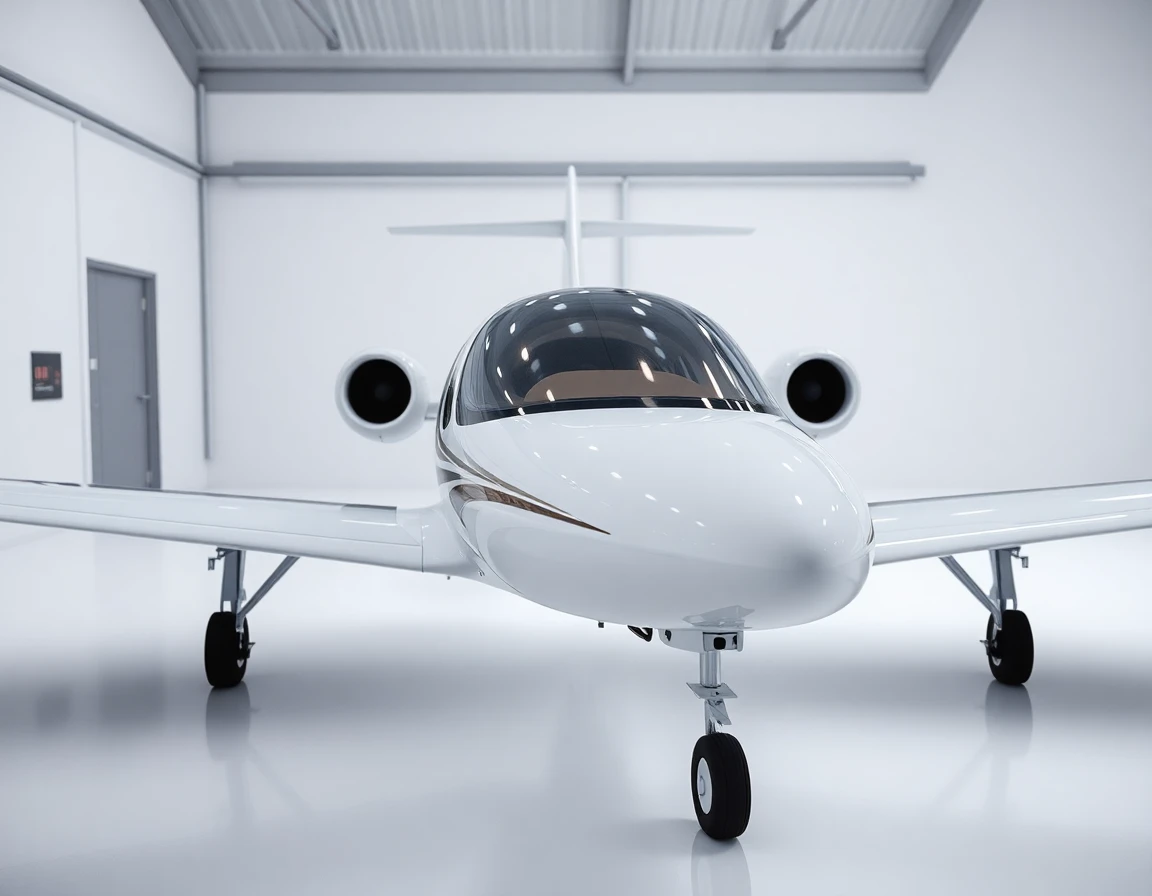The aerospace industry is undergoing a radical transformation as electric aircraft emerge as a viable solution to meet the growing demand for sustainable aviation. With advancements in electric propulsion technology, both commercial airlines and military aviation sectors are exploring the benefits of electric aircraft. This article delves into the current state of electric aircraft, analyzes market trends, and discusses the potential impacts of this shift on the industry.
Understanding Electric Aircraft Technology
Electric aircraft use electric propulsion systems to generate thrust instead of relying solely on traditional combustion engines. These systems can utilize batteries or hybrid designs that combine electric and conventional power sources. The benefits include reduced emissions, lower operating costs, and decreased noise pollution, making electric aircraft an attractive option for environmentally conscious airlines and military operations alike.
Market Growth and Key Players
The electric aircraft market is projected to grow significantly, driven by increasing regulatory pressures and a shift in consumer preferences. According to a report from MarketsandMarkets, the global electric aircraft market is expected to reach $26.5 billion by 2030, growing at a CAGR of 15.6% from 2023.
Key players in this sector include established manufacturers like Boeing and Airbus, along with innovative startups such as Joby Aviation and Pipistrel. These companies are racing to develop electric aircraft that can operate commercially, focusing on urban air mobility and regional flights.
Technical Advancements in Electric Aircraft
Recent advancements in battery technology and electric propulsion systems have greatly enhanced the feasibility of electric aircraft. For instance, the development of high-precision compact advanced control systems for aerospace applications has improved the reliability and efficiency of electric propulsion units. These systems allow for precise control of electric motors, essential for the responsive handling of aircraft.
Moreover, innovations in thermal battery systems are being explored to facilitate rapid activation in critical situations, such as aircraft ejection systems. These ultra-lightweight thermal battery systems provide a significant advantage in military applications, where weight and efficiency are paramount.
Challenges to Widespread Adoption
Despite the promising outlook for electric aircraft, several challenges remain. The primary obstacle is battery technology – current lithium-ion batteries are heavy and offer limited range compared to traditional fuels. To address this, industry experts are focusing on developing new materials and battery chemistries that could enhance energy density and reduce weight.
Additionally, regulatory hurdles and the need for extensive infrastructure upgrades pose significant challenges. The integration of electric aircraft into existing air traffic control systems will require new protocols and training for pilots and ground crews.
Future Developments and Industry Impacts
As electric aircraft technology matures, we can expect several key developments:
- Increased Range and Efficiency: Ongoing research into battery technology and hybrid systems will likely lead to electric aircraft capable of longer flights, making them more competitive with traditional aircraft.
- Urban Air Mobility: Electric vertical take-off and landing (eVTOL) aircraft are set to revolutionize urban transportation, providing efficient solutions for congested cities. Companies like Joby Aviation are at the forefront of this movement, targeting short-distance travel to reduce urban congestion.
- Military Applications: The military sector is also exploring electric aircraft for surveillance and transport missions. The ability to operate silently and with minimal environmental impact aligns with modern military objectives. Technologies like the ZQXXSMRSS system, a high-performance APD quadrant module, are being utilized for advanced sensing applications in unmanned aerial vehicles (UAVs).
Expert Perspectives
According to Dr. Emily Carter, an aerospace engineer at MIT, “The transition to electric aircraft represents not just a technological evolution but a revolution in how we think about aviation. The potential for reduced carbon footprints and operating costs is a game changer, particularly for airlines striving to meet sustainability targets.”
Furthermore, industry analyst Tom Harrison notes, “The military’s investment in electric propulsion systems indicates a significant shift in defense strategies. As electric aircraft become more capable, we could see a new era of silent, efficient operations in combat and reconnaissance missions.”
Conclusion
Electric aircraft are poised to reshape the aerospace landscape, driven by technological advancements and an urgent need for sustainable solutions. As the industry navigates the challenges of battery technology and regulatory frameworks, collaborations between manufacturers, governments, and research institutions will be crucial in accelerating this transition. The future of aviation is electric, and the journey has only just begun.



